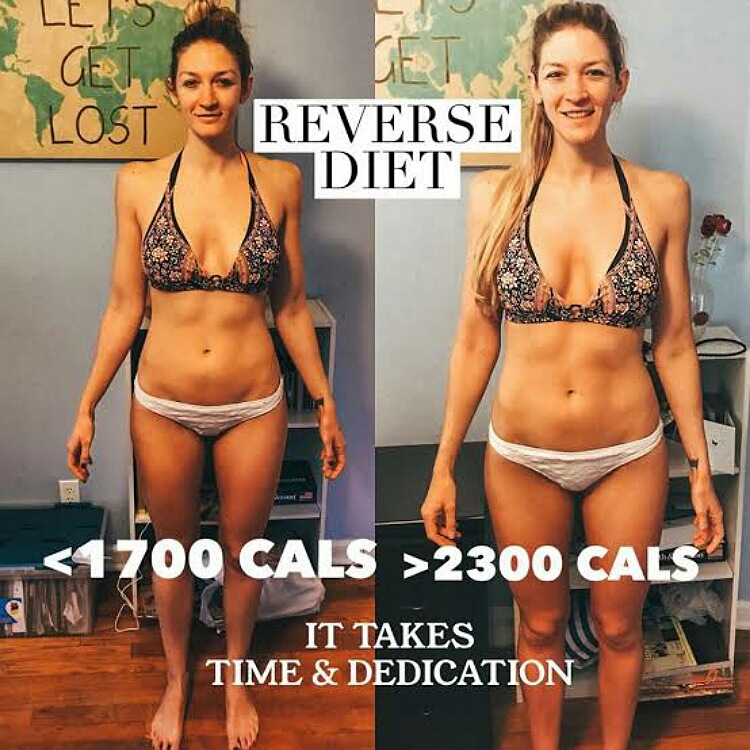A lot of dieting patterns go viral on social media. And now reverse dieting is trending on Tiktok. What exactly is this form of dieting? Does it help? What are its advantages? What are the health claims on it?
Reverse dieting -the new trend for weight loss
Reverse dieting has taken the internet and social media by storm. It implies reintroduction of calories into your eating plan after a period of calories restrictive dieting. It is a method to train your metabolism to allow more food intake without putting on weight.
Health line puts it as:
“the diet after the diet”

The concept is supposedly of adaptive thermogenesis or metabolic adaptation. It is a protective process and it trains the body to accept extra calories without gaining weight. Dr Lilian de Jonge is an associate professor at the department of nutrition and food studies at George Mason University. She explained to TODAY:
“It involves adding back 50 to 100 calories per day — generally in the form of protein – on a weekly basis.”
More about this dieting
It was the bodybuilding community that had popularized this dieting mode. They use this method after a competition to eat well but not gain extra weight. Thus, they manage to eat high calories after the competition but without adding body weight. Sohini Banerjee who is a consultant dietician at Kolkata’s Fortis Hospital and Kidney Institute states:
“The goal of a reverse diet is to not gain back mass after dieting. But it also does not mean stuffing your face with anything and everything that has calories.”
“It has been popular in the bodybuilding community as a way to prevent rapid weight gain after a competition. Long-term, restrictive dieting has been associated with changes in certain hormones, including leptin, ghrelin and insulin, which may result in changes to our metabolic rate and, ultimately, weight fluctuations and difficulty losing weight or maintaining weight loss,”

After the calories restricted diet, the person adds fifty to one hundred and fifty calories per week for next 4 to 10 weeks. This implies that if he or she was taking 1200 calories earlier in the first week of this new dieting plan he will take 1300 calories. Thus, by the eight week, he or she would be consuming 2000 calories. But the person can eat and yet not put on weight.
Health benefits
Also, read Mindy Kaling and her weight loss journey! Did she do dieting?
To be frank, there is not much research on this dieting method. But its advocates claim that it has multiple health benefits. Slimmers like it because they can now increase and enjoy their foods in a better way. Dr Robert Kushner, the medical director of the Center for Lifestyle Medicine in the Northwestern Medicine in Chicago elaborates:
“After a period of dieting, slowly reintroducing more food makes sense because it helps you increase the variety of foods you eat and feel more in control while also assessing any weight changes.”

The mood swings decrease, concentration is better and energy levels improve with it. It makes eating enjoyable and realistic without weight gain. About no evidence backing the dieting, Keith-Thomas Ayoob from the department of pediatrics at Albert Einstein College of Medicine says:
“It doesn’t mean it won’t work, but finding out takes sound studies and time,”
